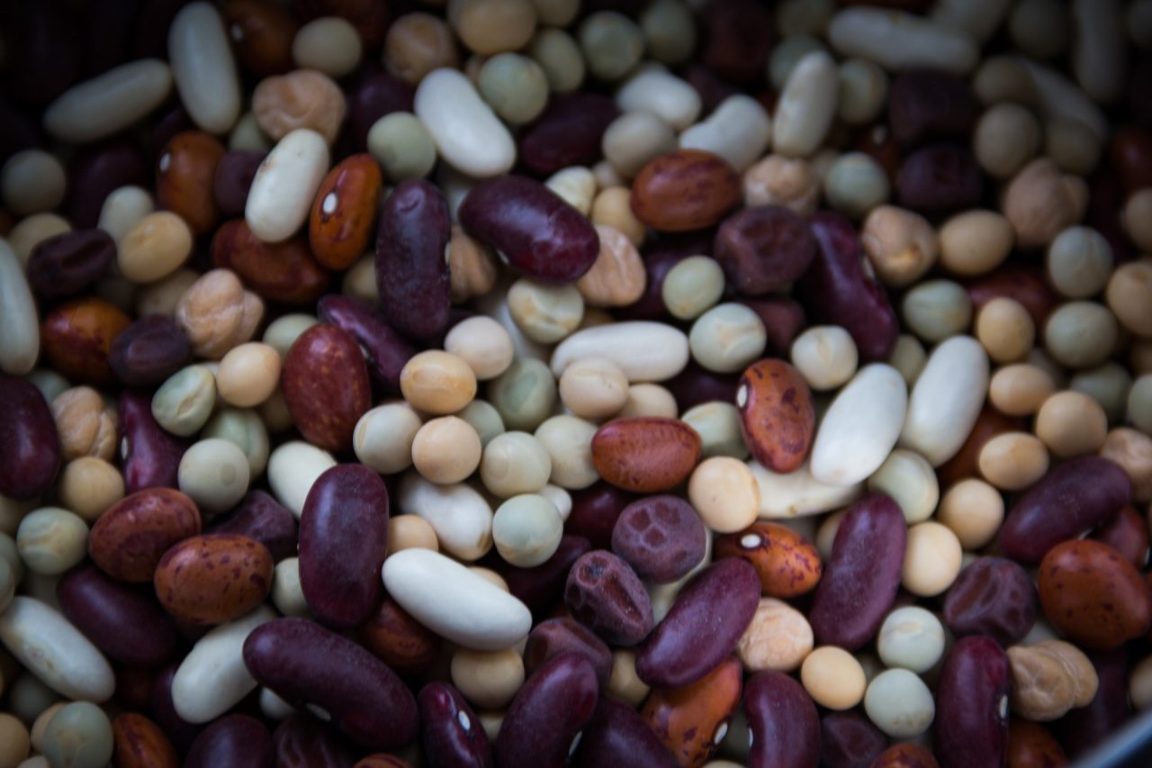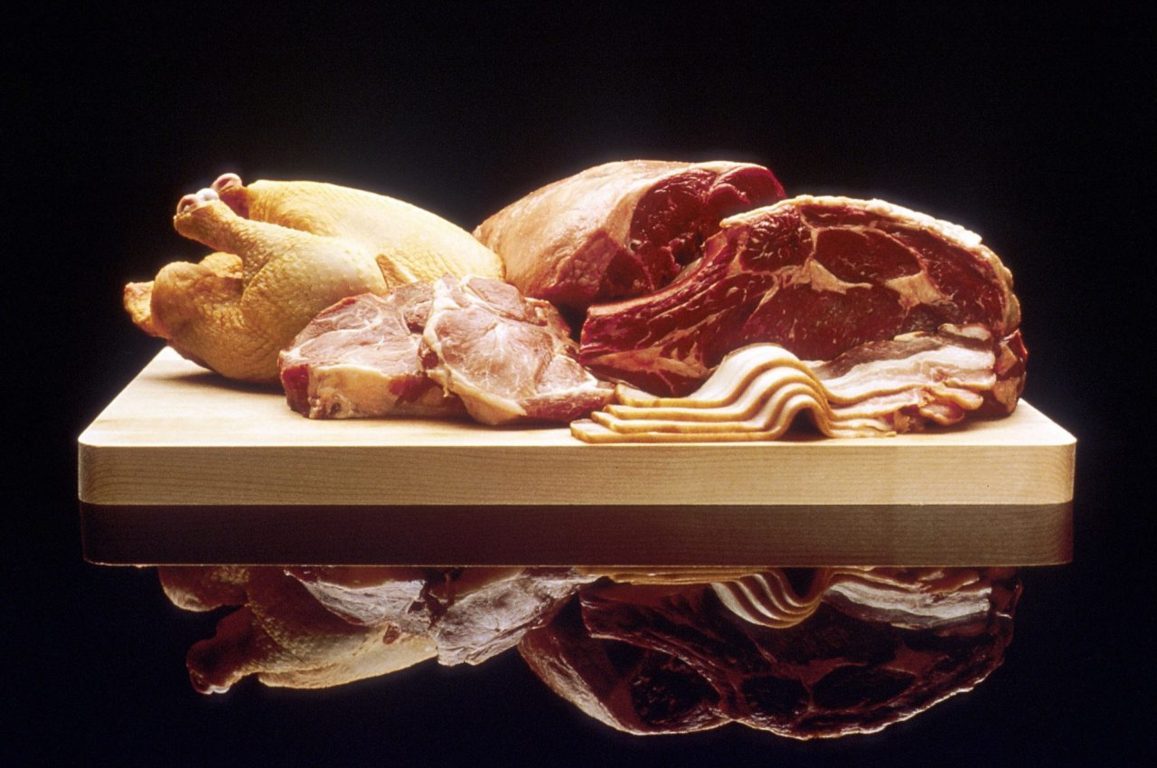


In today’s fitness fanatic population protein has always been in the limelight, however, its importance has been reduced merely to bodybuilding and achieving weight-related goals. In the entire drama, we forget the basic role of this important macronutrient for our very existence.
So let us look deeper into this macronutrient and give the protein its due importance on the ‘Fundamental Nutrient Profile’ of our diet.
Know your Macro Nutrient:
Proteins are made up of 20 different amino acids, which are the building blocks of major cells and tissues. When dietary protein is consumed, enzymes break them into their smaller fractions called amino acids, which are then absorbed and used by the body for various vital functions like:
- Growth, development, and building muscle tissue.
- Manufacturing new cells to repair daily wear and tear of tissues.
- Act as hormones, chemical messengers across cells, tissues, and organs.
- Production of Antibodies, that are important for immune responses.
- Synthesis of hemoglobin that transports oxygen in the blood.
- Production of enzymes used to regulate chemical reactions in the body.
- Synthesis of nucleic acids (DNA, RNA), to form genetic codes.
- Source of energy (last resort for the body after carbs and fats).
- Providing structure and support for cells as in hair, skin, and nails.
All individuals require proteins in different amounts. Protein needs increase during pregnancy, infancy, childhood, recovery from illness or injury. They are also required for muscle building and to improve sports performance.
Protein Friendly Foods:
Animal sources: dairy and its products, lean meat, fish, poultry, eggs.
Plant sources: pulses, legumes, nuts and seeds, and cereals.
Quality versus Quantity of Protein:
Most individuals are able to meet their protein requirements if they eat a well-balanced diet, but it’s the quality and not the only the quantity of protein that makes all the difference.
There are about 20 amino acids, which are the building blocks of protein, they can be further classified as:
- Essential Amino Acids – They cannot be produced by the body and have to be supplied through diet and there are 9 such amino acids.
- Non-essential amino acids – These can be synthesized in the body and are about 11 such amino acids.
The protein derived from a food source that is best absorbed and has the amino acid pattern closest to tissue protein is said to have a high biological value.
Egg proteins and human milk proteins are of the highest biological value and considered to be ‘Reference Protein’.
Plant-based proteins are low in biological value however it can be improved with a good cereal and pulse combination for eg. khichdi India’s superfood (mix of rice and dal).
It is important to be cautious of diets high in animal-based protein that are also rich in saturated fats as these fats may prove to be detrimental than actually improving the protein quotient.
It is imperative to consume adequate amounts of carbs and fats as energy sources than wasting Proteins for the same.
It thus becomes important to have a well-balanced diet with other macros in tow and the right quantity and quality of proteins, so that each character is performing their own important role, to make for a beautiful screenplay to achieve optimum well-being.
Click on the link below for CURO Recipes:



